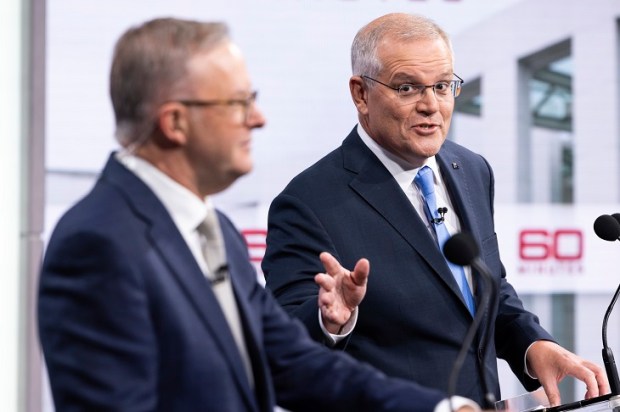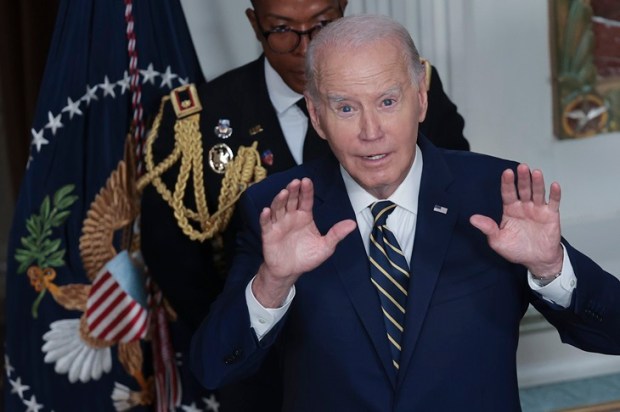What I’m about to say is probably not fair, but I’ll say it anyway.
When working in party politics, you soon develop a sensitive antenna which sorts all the tidbits of information everywhere into two buckets: (a) is it good for us; or (b) irrelevant.
The good for us bucket is itself split into two containers: does it make them look bad, or us good? Often what makes one look bad simultaneously makes the other good.
Already a subscriber? Log in
Subscribe for just $2 a week
Try a month of The Spectator Australia absolutely free and without commitment. Not only that but – if you choose to continue – you’ll pay just $2 a week for your first year.
- Unlimited access to spectator.com.au and app
- The weekly edition on the Spectator Australia app
- Spectator podcasts and newsletters
- Full access to spectator.co.uk
Or


























Comments
Don't miss out
Join the conversation with other Spectator Australia readers. Subscribe to leave a comment.
SUBSCRIBEAlready a subscriber? Log in